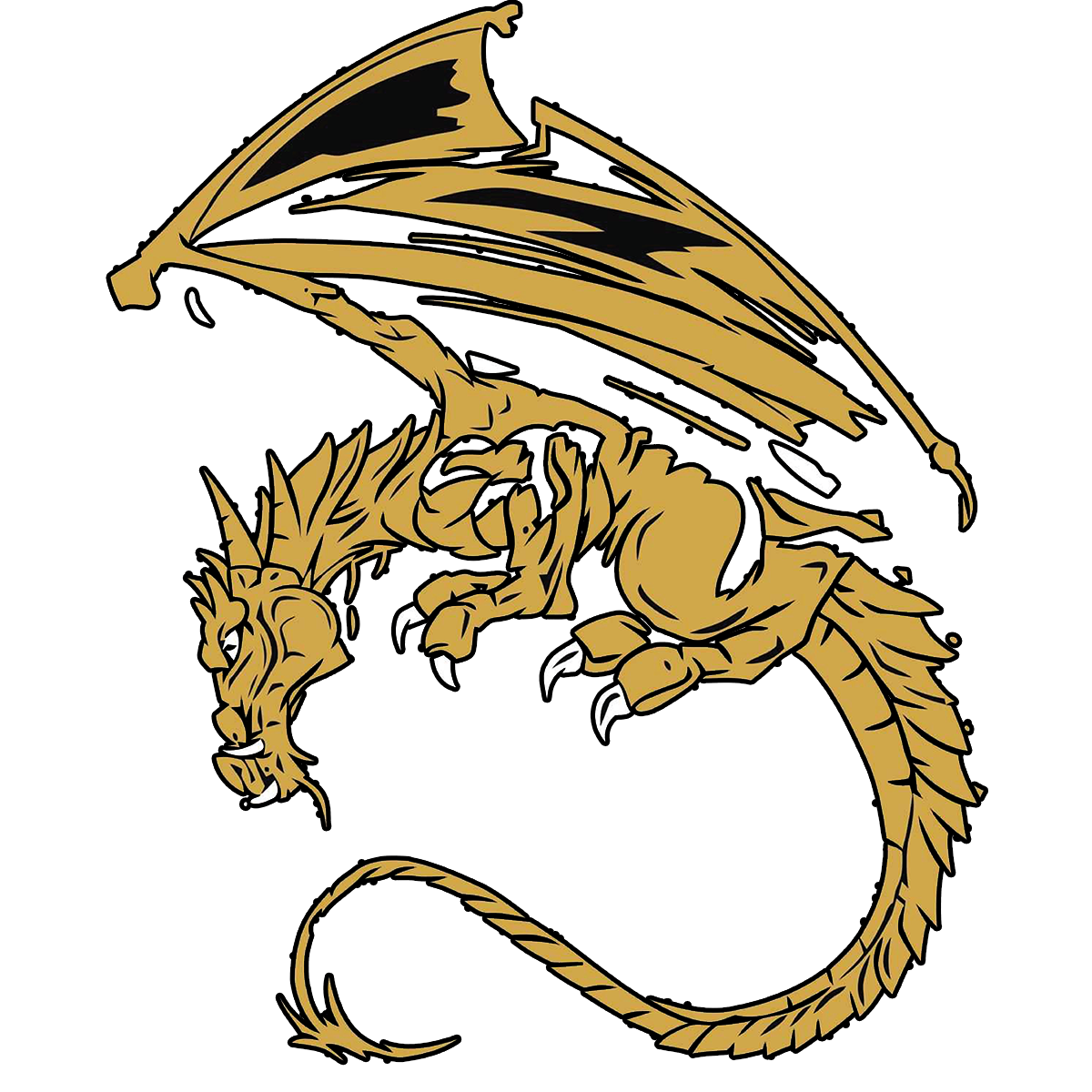MLA Format/Citations
How to Cite Social Media
--------------------------------------------------
Mira Costa uses the MLA Handbook for Writers of Research Papers (7th edition, 2009) as the basis for paper formats and bibliographic citations. Copies of this handbook are available in the library. Here are some excellent online guides to MLA formatting and citations:
Purdue University's OWL Style Guide for MLA formatting and citations
General
Begin the works cited page on a new page following your paper, but continue the same pagination.
Double space the entire list
Center the title, Works Cited, an inch from the top of the page. Double space between the title and the first entry.
Entries are arranged alphabetically by the author's last name or when there is no author, by title.
New entries begin at the left margin with subsequent lines for the same entry indented one-half inch or five typed spaces. Use the margins options on your word processor to create the hanging indent. Don’t use tabs.
Print citations:
Always get the bibliographic information from the title page. Format:
Author last name, Author first name. Title. City of publication: Publisher, Year. Print (indicates the format).
Example:
Franke, Damon. Modernist Heresies: British Literary History, 1883-1924. Columbus: Ohio State UP, 2008. Print.
For two or three authors, only reverse the first author.
Example:
Jovinelly, Joann and Jason Netelkos. Crafts and Culture of the Ancient Egyptians. New York: Rosen Publishing Group, 2002. Print.
For more than three authors, you only need to list the first author, and add et al. (means “and more” in Latin)
Example:
Gilman, Sander, et al. Hysteria beyond Freud. Berkeley: U of California, 1993. Print.
If no author or editor is given on the title page, begin the entry with the title.
Example:
Encyclopedia of Virginia. New York: Somerset, 1993. Print.
Format for articles within an anthology:
Article author last name, First name. “Article title.” Title of publication. Ed. Editor Name. Place of publication:
Publisher, Date. Page range. Print.
Example:
Swanson, Gunnar. "Graphic Design Education as a Liberal Art: Design and Knowledge in the University and The 'Real World."
The Education of a Graphic Designer. Ed. Steven Heller. New York: Allworth Press, 1998. 13-24. Print.
For article in a well-known reference work, omit the publisher and place of publication.
Example:
"Ideology." The American Heritage Dictionary. 3rd ed. 1997. Print.
Electronic Resources Citations
Not every web page will provide all of the information below, but collect as much as possible both for your citations and for your research notes:
Author and/or editor names (if available)
Article name in quotation marks (if applicable)
Title of the website, project, or book in italics.
Any version numbers available, including revisions, posting dates, volumes, or issue numbers.
Publisher information, including the publisher name and publishing date. (Use n.p. if there is no publisher given, and n.d. if no date is given.)
Name of database in italics (if applicable)
Date you accessed the material, in the format dd Mon. yyyy.
URL, up to at least the first extension. (No longer required in MLA, but requested by most teachers.)
Format for an entire website:
Editor, author, or compiler name (if available). Name of Site. Version number. Name of institution/organization affiliated with the site (sponsor or publisher), date of resource creation (if available). Database name. Medium of publication. Date of access. <URL>.
Example:
The Purdue OWL Family of Sites. The Writing Lab and OWL at Purdue and Purdue U, 2008. Web. 23 Apr. 2008.
<http://owl.english.purdue.edu/owl>.
Page on a website example:
"Orpheus and Eurydice.” World Myths and Legends in Art. Minneapolis Institute of Arts. n.d. Web. 5 Nov. 2010. <http://www.artsmia.org/world-myths/>.
Database Example:
"U.S. Immigration and Naturalization." Gale Encyclopedia of Everyday Law. Ed. Jeffrey Wilson. 2nd ed. Vol. 2. Detroit: Gale, 2006. 973-978. Gale Virtual Reference Library. Web. 4 Dec. 2010. <http://go.galegroup.com>.
